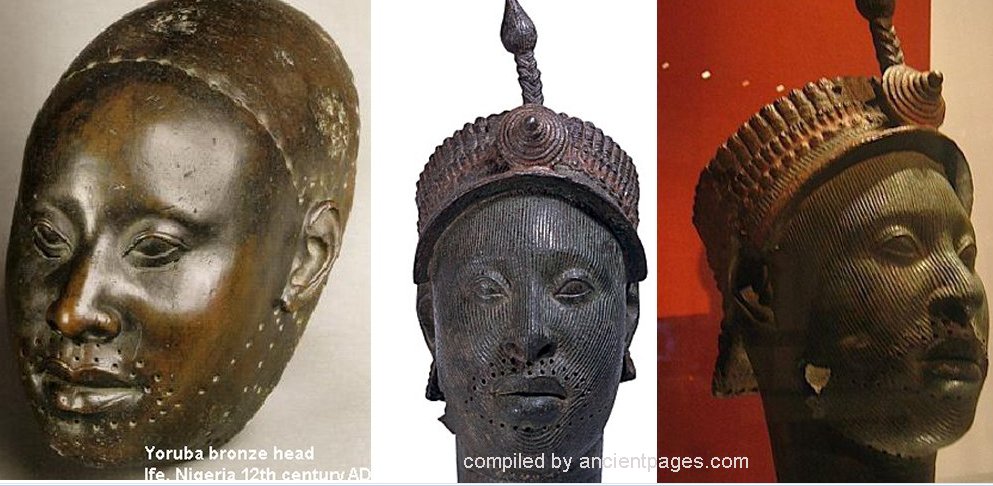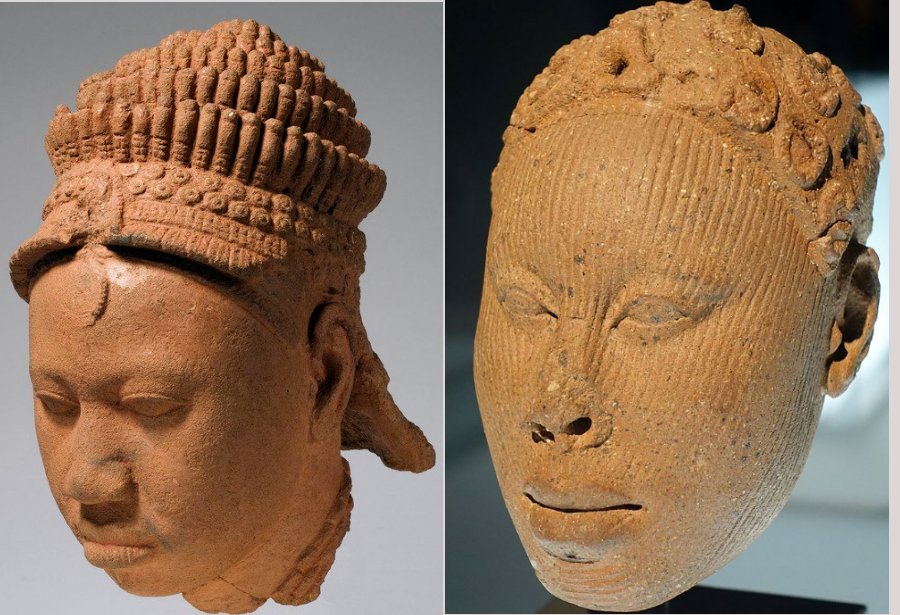Ife Head: Significance Of The Head ‘Ori’ In Yoruba Ancient And Present Beliefs
A. Sutherland - AncientPages.com - The Yoruba peoples of South Western Africa are credited with one of Africa's oldest and finest art traditions. In the history of Ife art in Africa, there are many exquisite pieces of work, including the "Ife Head."
The artifact is undoubtedly a great work of art.
In 1938, at Wunmonije Compound in Ife, Nigeria, construction works on the grounds of a royal palace in Ife, Nigeria, accidentally revealed a beautiful, free-standing brass head cast.
The head, created using the lost wax technique, is one of thirteen brass heads, all discovered at the same site.
The Importance Of The Head In Yoruba Sculpture
Like many other African peoples, the Yoruba of western Nigeria, the Yoruba people regard the head ("ori") as the seat of the divine power of the Supreme Being. In the person's life, the head is the life source and a vital instrument controlling destiny and personality. The Yoruba people particularly highlighted the head as the body's crown and the place where the soul dwells.
A human head decides about one's identity, communication, and perception.
Therefore, in Yoruba's art, the head is the most elaborately formed part of Yoruba figure sculpture.
As it agrees with the tradition, it is perhaps not surprising that nearly all of the Ife metal sculptures that we know (only about thirty) depict heads. But when a full figure was finally discovered at Ife, the head was just about a quarter of the body, as it usually is with the typical proportion characterizing much of African art.
Use Of The Head Is Unknown
The identification of the Ife Head (a little smaller than life-size) remains uncertain, but it is dated to 1400– 1500 AD, and the head is African and a royal figure. Its elaborate beaded headdress may represent a crown associated with an Ooni, a ruler of Ife.
The head could not stand independently so that it might have been attached to a wooden body. The artifact may have been used in ceremonies and processions during the ruler's absence or because he was already dead.
The Ife Head Associated With Legendary Homeland Of The Yoruba
The oral traditions of the Yoruba people say that Ife was where civilization and its life began. Ife is the legendary homeland of the Yoruba people and its sacred ruler, the Ooni. This sacred figure is still worshiped among the Yoruba as the descendant of the original creator gods.
Left: Kingdom Of Ife: Sculptures From West Africa, London – Head with elaborate crown, Ife, Ita Yemoo. Terracotta, 12th-14th century. Copyright Karin L. Willis/Museum for African Art/Nigerian National Commission for Museums and Monuments; Right: Terracotta head from Ife, believed to be a king in 12th to 15th Century C.E., in the Ethnological Museum of Berlin (images source)
Ife is located in Osun State in modern southwestern Nigeria. It started as a city-state in the late first millennium, around 800 AD, and flourished as a leading political, economic, and spiritual center between 1100 and 1400.
The city of Ife, where the metalheads come from, was once called "Black Athens." Ife was and remains the main center of their traditional worship, which resulted from Yoruba mythology. It was also one of the major city-states of the former Yoruba state.
The art of Ife contains many sculptures in brass, copper, terracotta, and stone, all discovered at different sites in the city. When the Ife sculptures were first presented to the Western world, they were compared with the classical art traditions of ancient Rome and Greece.
It was even theorized that such Ife heads were evidence that Ife was once the site of the lost civilization of Atlantis.
Destiny Written In Inner Head Cannot Be Altered
The Yoruba believe that when the Supreme Being wants to create a human being, he asks one of his lesser deities to mold the physical body from divine clay. Once the molding is finished, the creator breathes life into it through the head.
Thus, he makes a living human being directed to another deity responsible for creating the inner heads.
Although all the inner heads look alike, each of them is basically different from the others. The inner head was chosen by a newly created human being, which automatically determines the person's destiny on earth.
The person who has chosen an excellent inner head will be lucky and prosperous; another person who is always unlucky in life is considered to possess a bad inner head.
But the problem is that the bad inner head can never be altered, which is confirmed by the Yoruba saying:
"A bad head cannot be washed clean
Human destiny cannot be altered with charms…"
Written by – A. Sutherland - AncientPages.com Senior Staff Writer
Updated on January 31, 2024
Copyright © AncientPages.com All rights reserved. This material may not be published, broadcast, rewritten or redistributed in whole or part without the express written permission of AncientPages.com
Expand for referencesMore From Ancient Pages
-
 Mysterious Ancient Stone Structures Discovered In Illinois Remain Unexplained – Archaeologists Say
Featured Stories | May 26, 2024
Mysterious Ancient Stone Structures Discovered In Illinois Remain Unexplained – Archaeologists Say
Featured Stories | May 26, 2024 -
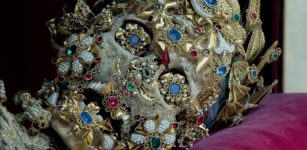 Secret Catacombs With Incredible Ancient Skeletons Covered In Priceless Jewelry
Featured Stories | Nov 20, 2018
Secret Catacombs With Incredible Ancient Skeletons Covered In Priceless Jewelry
Featured Stories | Nov 20, 2018 -
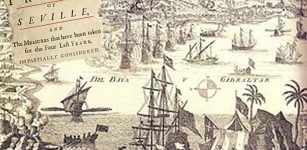 On This Day In History: Treaty Of Seville Signed – On Nov 9, 1729
News | Nov 9, 2016
On This Day In History: Treaty Of Seville Signed – On Nov 9, 1729
News | Nov 9, 2016 -
 Aslaug’s Revenge For The Death Of Ragnar Lodbrok’s Sons Eirik And Agnar
Featured Stories | Dec 10, 2018
Aslaug’s Revenge For The Death Of Ragnar Lodbrok’s Sons Eirik And Agnar
Featured Stories | Dec 10, 2018 -
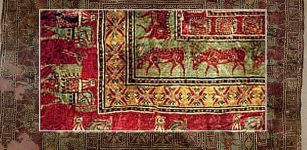 Pazyryk Carpet Found In Scythian Tomb Considered The Oldest Carpet In The World
Artifacts | Oct 5, 2016
Pazyryk Carpet Found In Scythian Tomb Considered The Oldest Carpet In The World
Artifacts | Oct 5, 2016 -
 Imhotep: Ancient Genius And Architect Of The Sakkara Pyramid
Featured Stories | Mar 7, 2016
Imhotep: Ancient Genius And Architect Of The Sakkara Pyramid
Featured Stories | Mar 7, 2016 -
 Nefertum – God Of Lotus Blossom, Perfumes, Aromatherapy, Beauty In Egyptian Mythology
Featured Stories | Apr 17, 2021
Nefertum – God Of Lotus Blossom, Perfumes, Aromatherapy, Beauty In Egyptian Mythology
Featured Stories | Apr 17, 2021 -
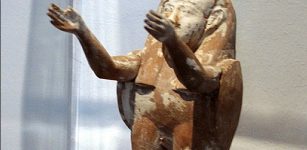 Ancient Beliefs About The Soul
Civilizations | Mar 8, 2016
Ancient Beliefs About The Soul
Civilizations | Mar 8, 2016 -
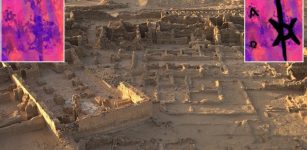 Rare Medieval Tattoo Depicting A Christogram Unearthed In Ghazali, Sudan
Archaeology | Nov 9, 2023
Rare Medieval Tattoo Depicting A Christogram Unearthed In Ghazali, Sudan
Archaeology | Nov 9, 2023 -
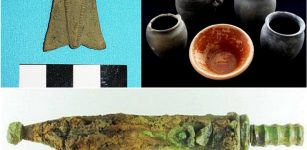 Rare Roman Brooch And A Miniature Sword – Unearthed
Artifacts | Jan 18, 2016
Rare Roman Brooch And A Miniature Sword – Unearthed
Artifacts | Jan 18, 2016 -
 Ptolemaic Granite Sarcophagus Found In Alexandria, Egypt
Archaeology | Jul 6, 2018
Ptolemaic Granite Sarcophagus Found In Alexandria, Egypt
Archaeology | Jul 6, 2018 -
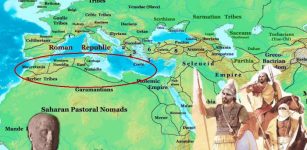 On This Day In History: Emperor Gordian II Loses The Battle Of Carthage – On Apr 12, 238 AD
News | Apr 12, 2016
On This Day In History: Emperor Gordian II Loses The Battle Of Carthage – On Apr 12, 238 AD
News | Apr 12, 2016 -
 Krampus Celebrations Are Becoming Dangerous – Historian Warns
Ancient Traditions And Customs | Dec 10, 2019
Krampus Celebrations Are Becoming Dangerous – Historian Warns
Ancient Traditions And Customs | Dec 10, 2019 -
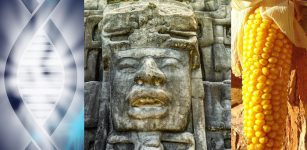 DNA Reveals Early Maya Trace Their Roots To Unknown Ancient Immigrants Carrying Maize From The South
Archaeology | Mar 22, 2022
DNA Reveals Early Maya Trace Their Roots To Unknown Ancient Immigrants Carrying Maize From The South
Archaeology | Mar 22, 2022 -
 Aqrabuamelu – Mysterious Scorpion Men In Babylonian Mythology
Featured Stories | Jan 19, 2016
Aqrabuamelu – Mysterious Scorpion Men In Babylonian Mythology
Featured Stories | Jan 19, 2016 -
 Evidence For A Divergence Between Eastern And Western Mediterranean Indo-European Languages Finally Provided By Ancient Genomics Study
Archaeology | Jan 4, 2025
Evidence For A Divergence Between Eastern And Western Mediterranean Indo-European Languages Finally Provided By Ancient Genomics Study
Archaeology | Jan 4, 2025 -
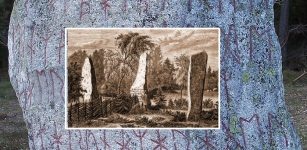 Björketorp Runestone With Frightening Message Is Still Untouched In Blekinge, Sweden
Featured Stories | Mar 19, 2023
Björketorp Runestone With Frightening Message Is Still Untouched In Blekinge, Sweden
Featured Stories | Mar 19, 2023 -
 On This Day In History: Sir Thomas Brisbane, Astronomer, Soldier And Governor Was Born – On July 23, 1773
On This Day In History | Jul 23, 2016
On This Day In History: Sir Thomas Brisbane, Astronomer, Soldier And Governor Was Born – On July 23, 1773
On This Day In History | Jul 23, 2016 -
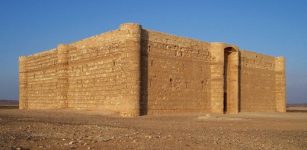 Strange Desert Castle Qasr Kharana In Jordan
Featured Stories | Oct 1, 2019
Strange Desert Castle Qasr Kharana In Jordan
Featured Stories | Oct 1, 2019 -
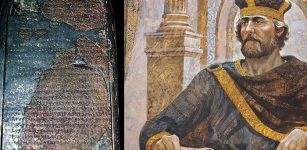 Mesha Stele: One Of The Most Valuable Biblical Artifacts
Artifacts | Dec 4, 2020
Mesha Stele: One Of The Most Valuable Biblical Artifacts
Artifacts | Dec 4, 2020

